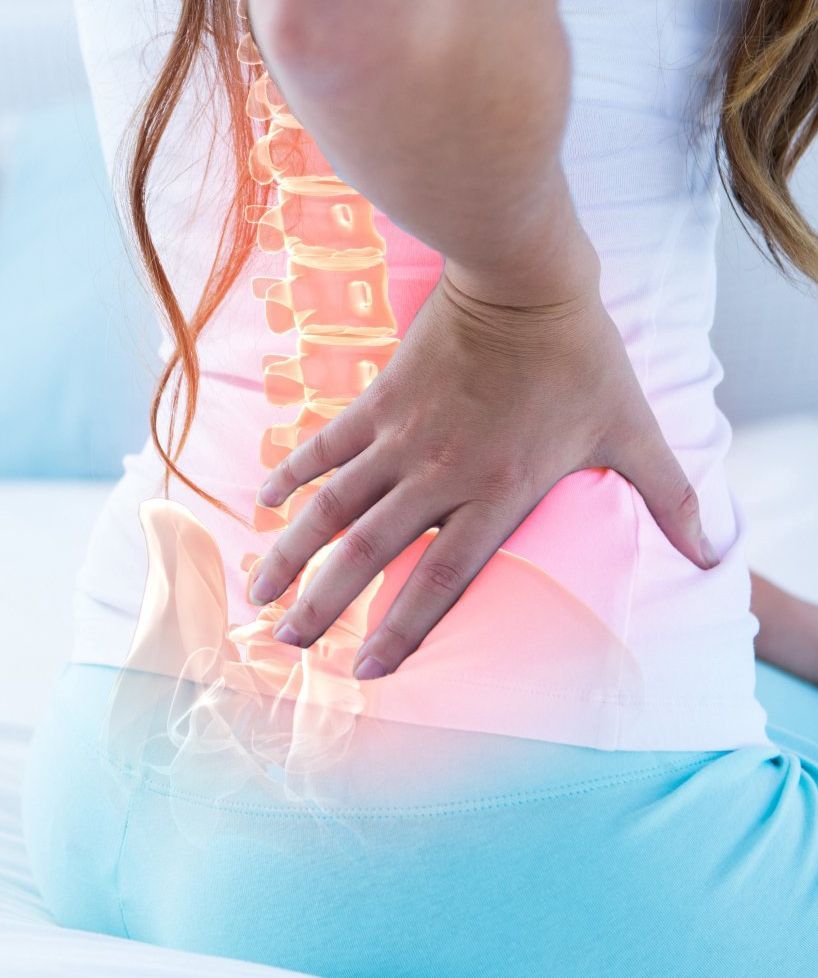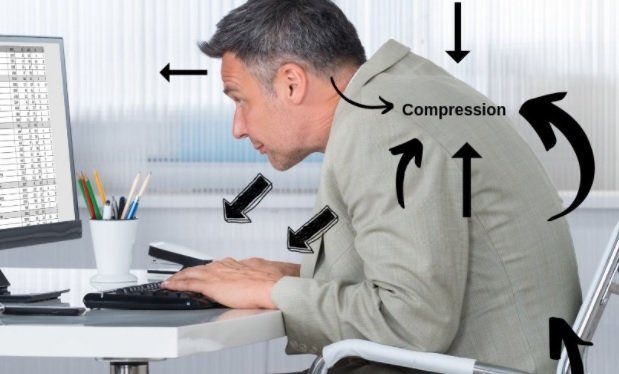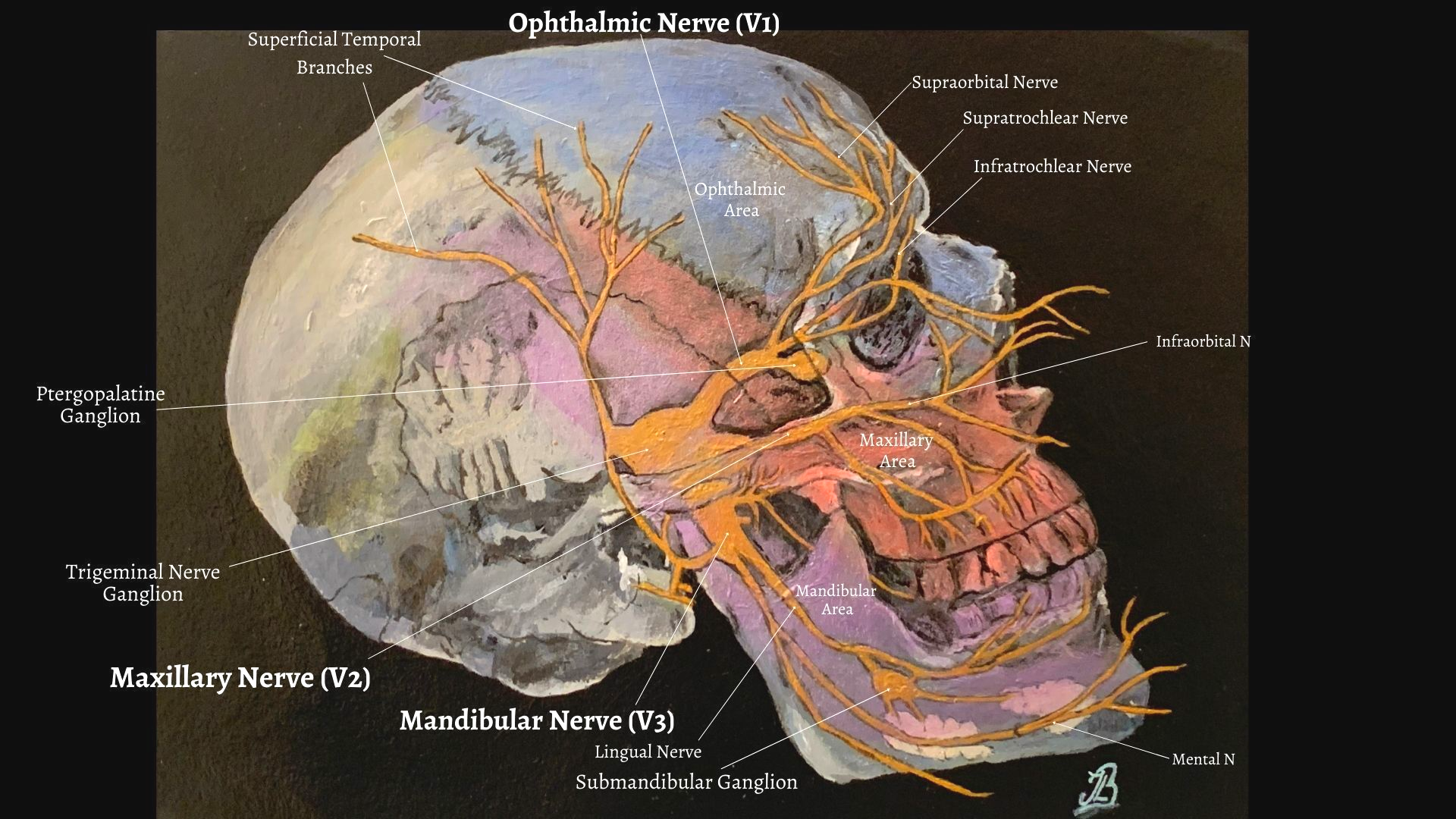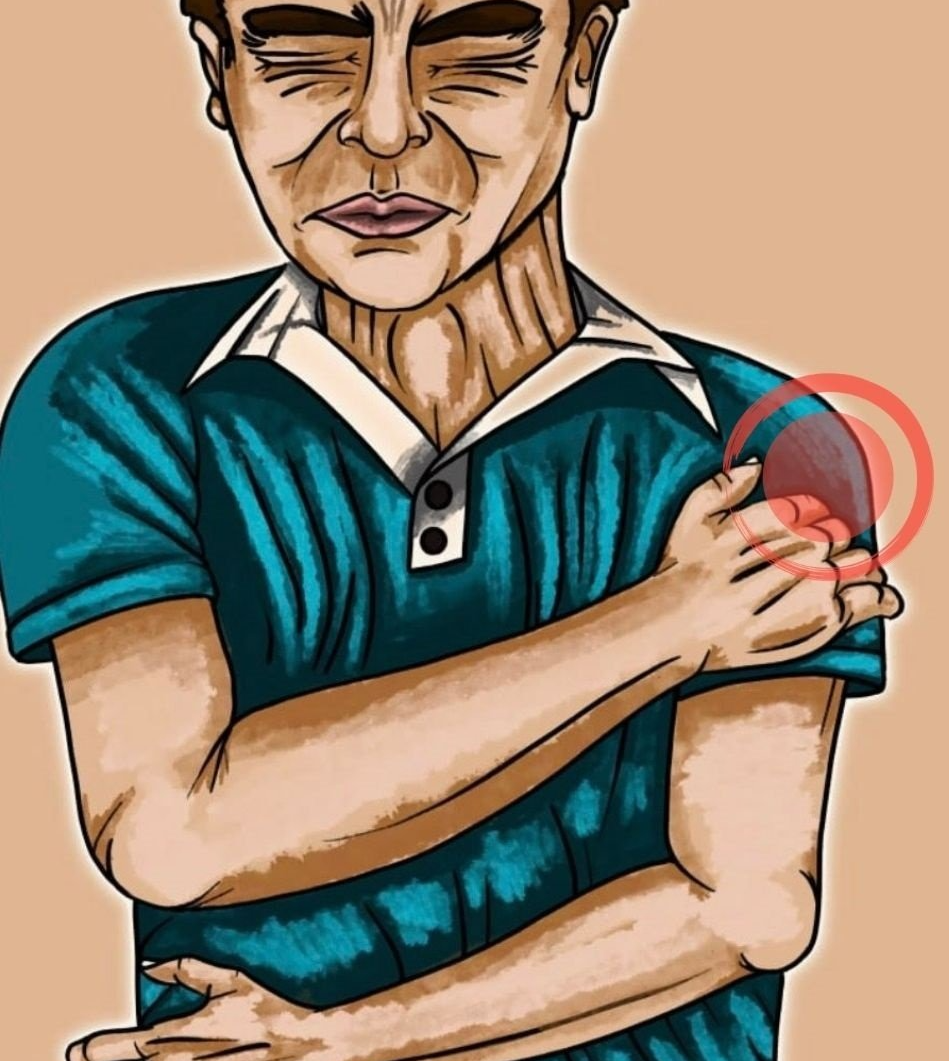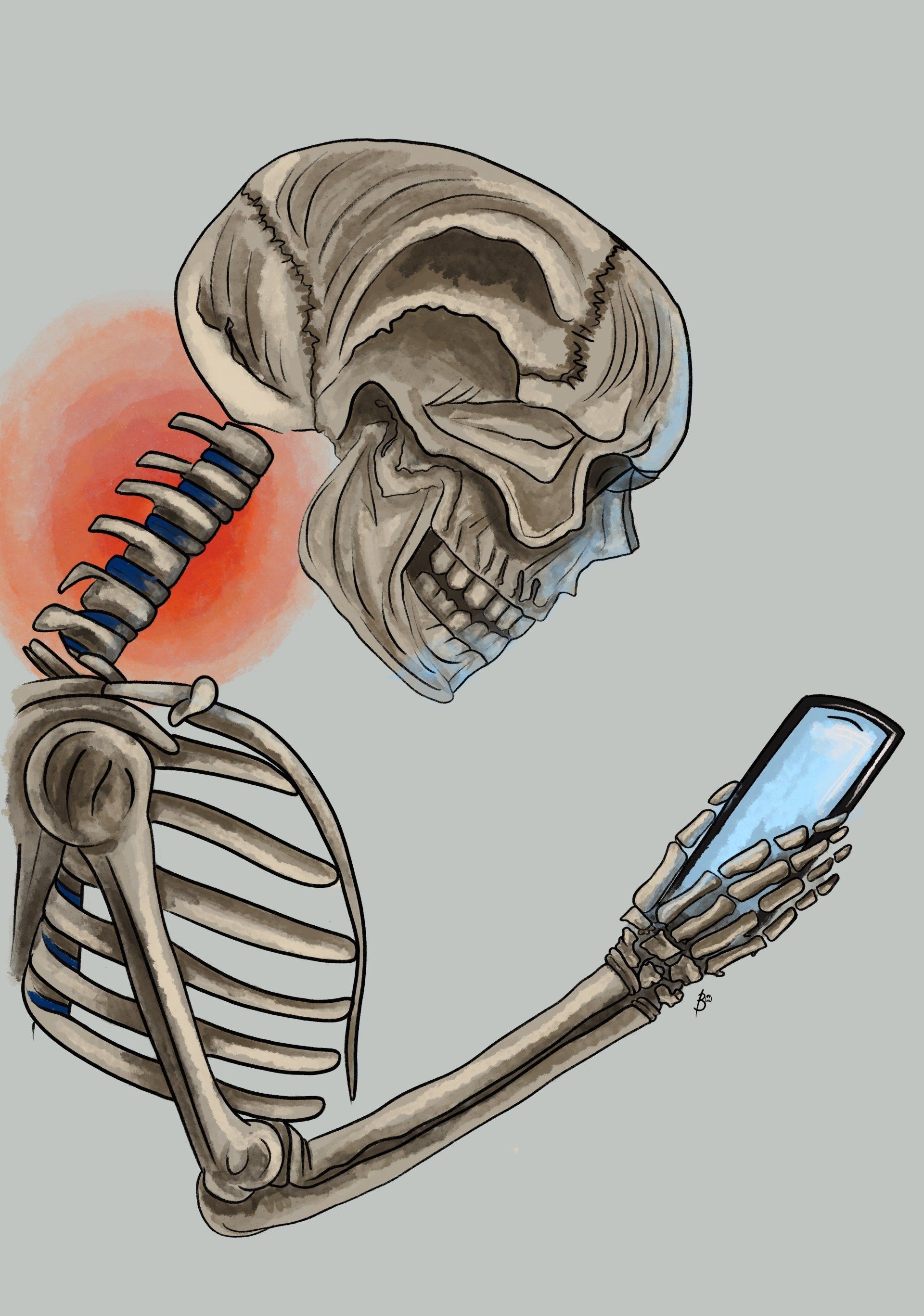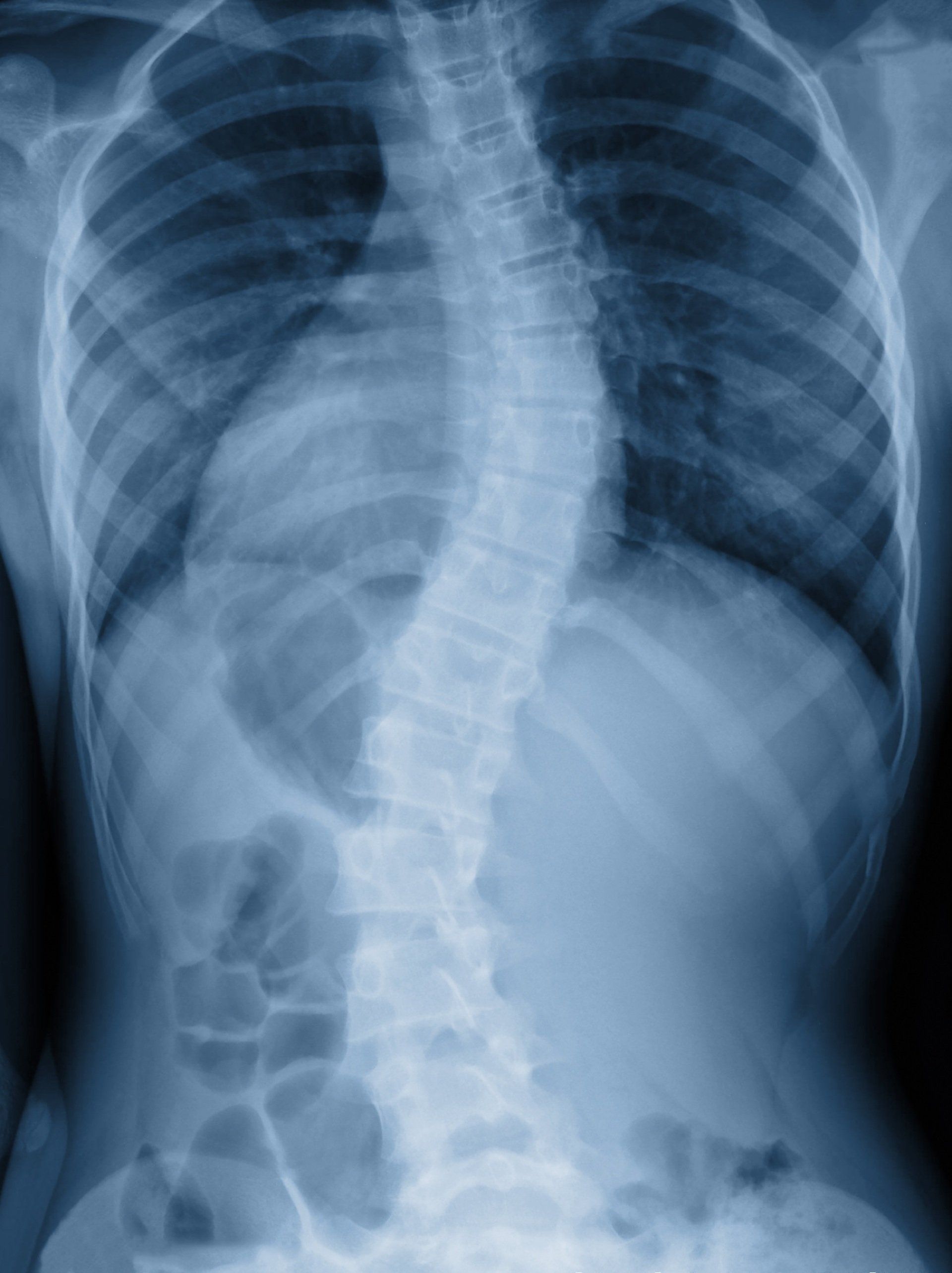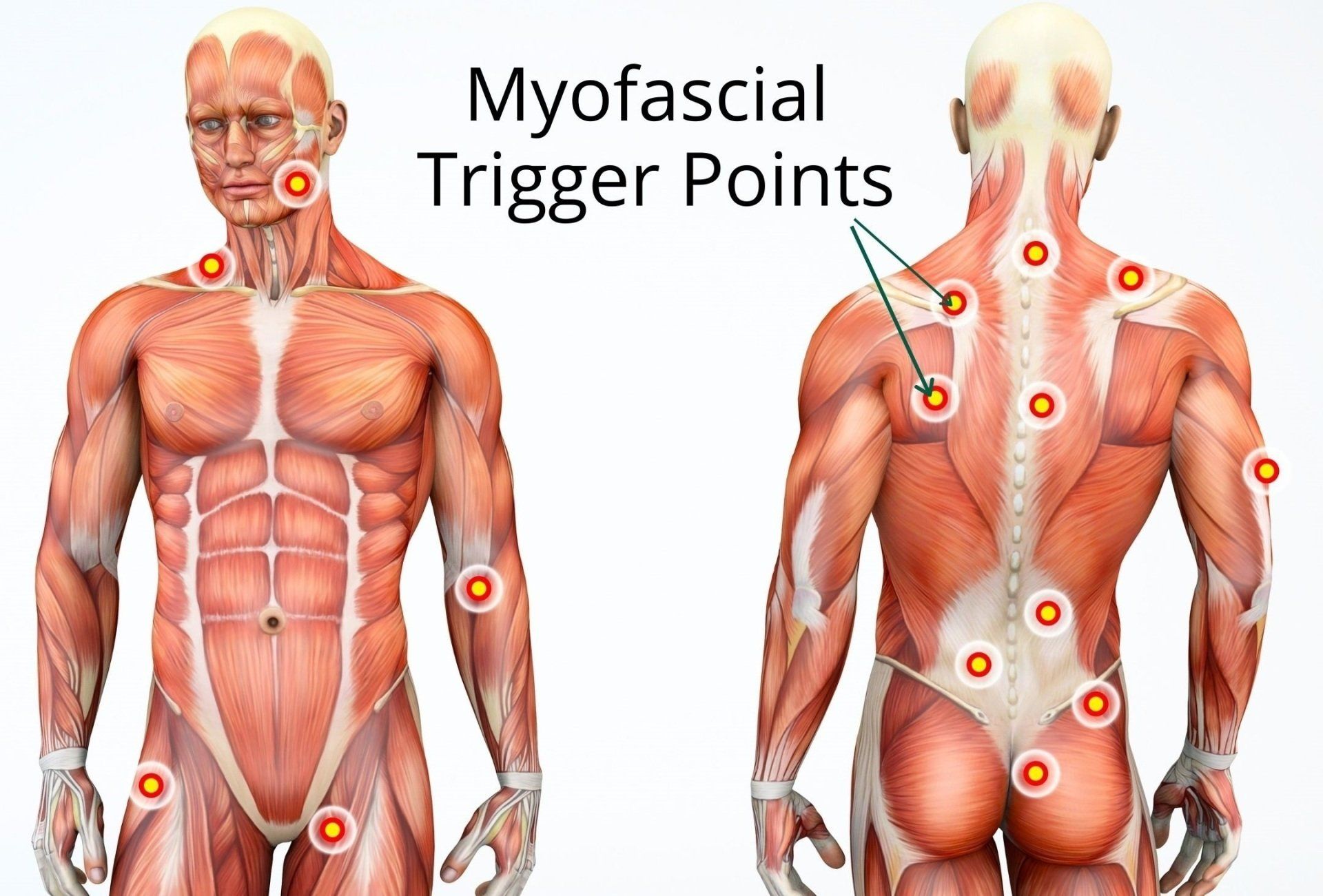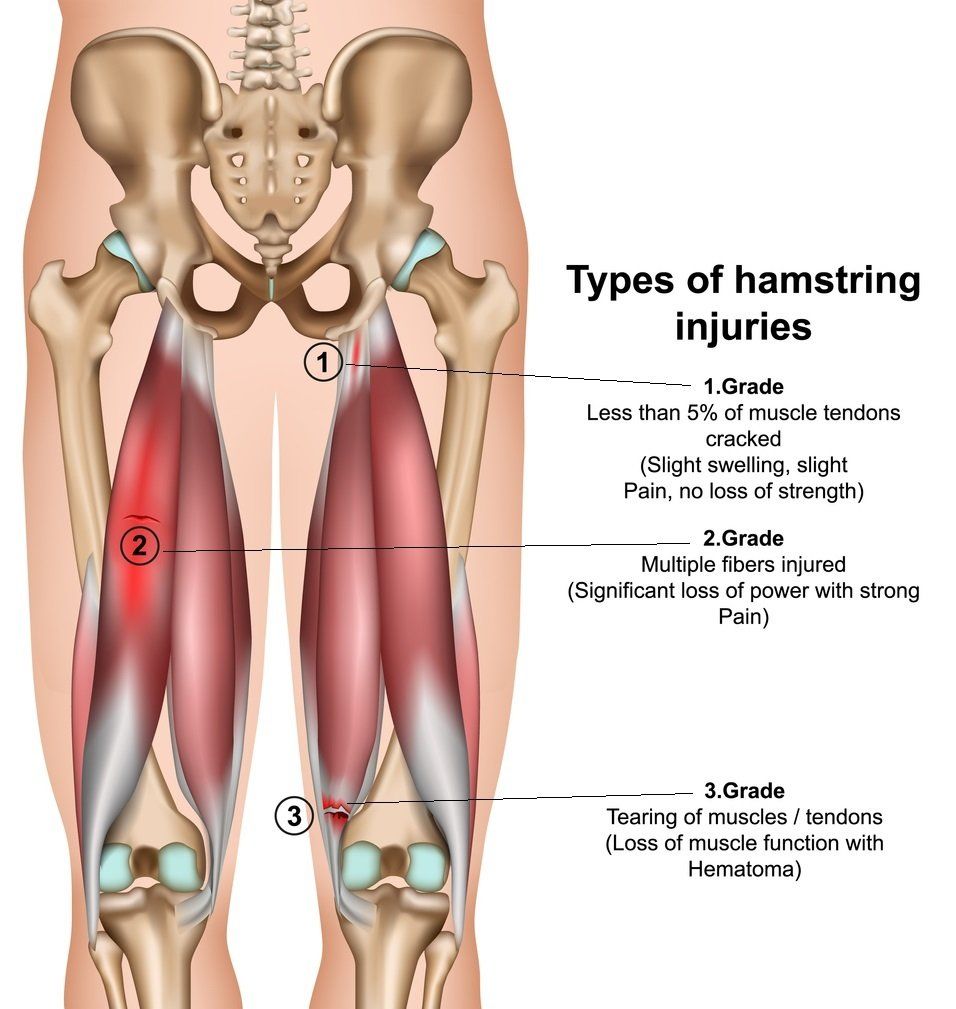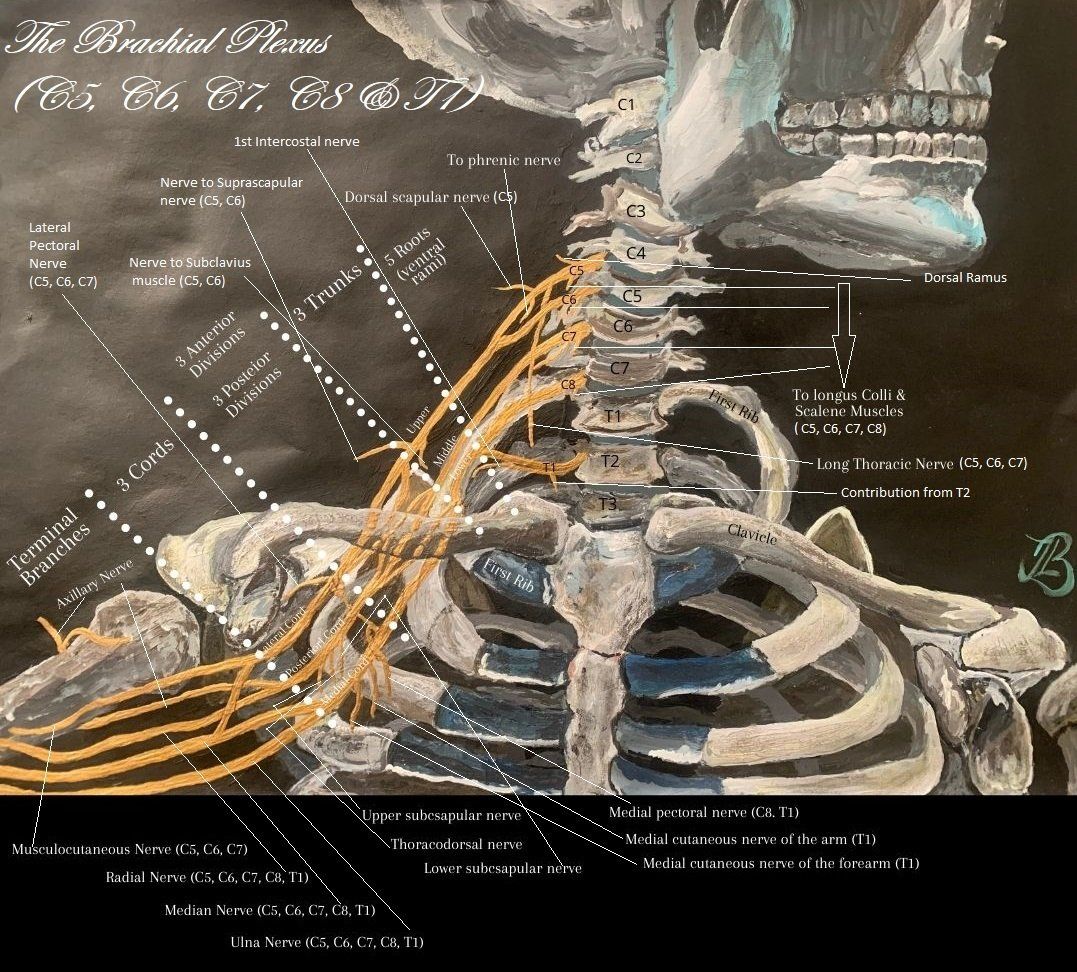Women & Weight Training
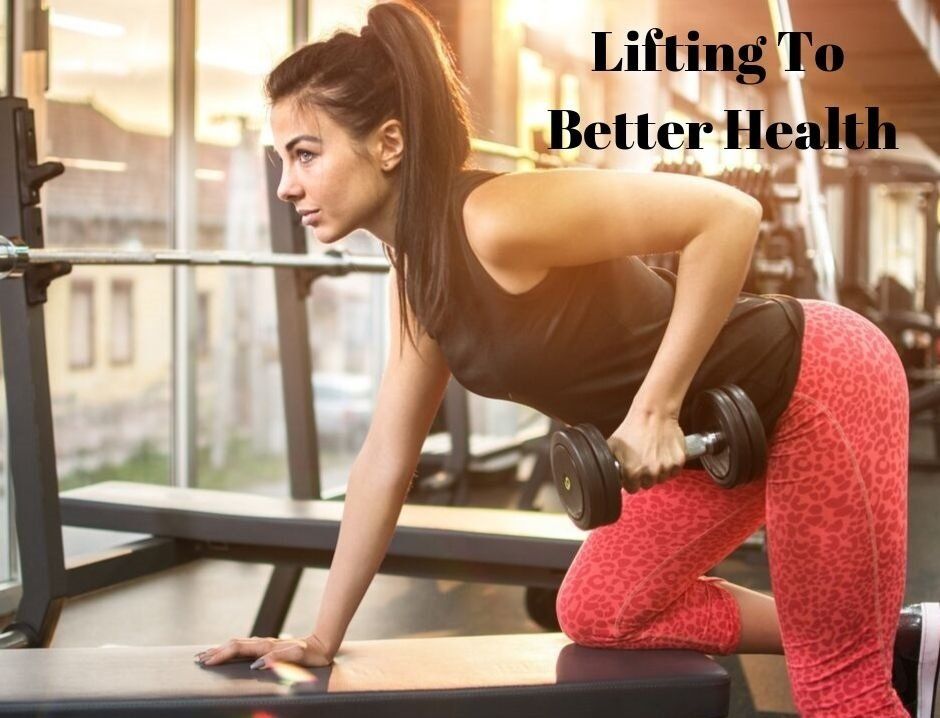
Weight Training: Why Women Should Lift
Osteoporosis is a condition that makes bones more brittle and prone to fracture. Although osteoporosis can effect men and younger people, post-menopausal women are most at risk.
One of the best ways to help maintain healthy bones is to exercise
regularly – which encourages the bones to absorb calcium and other mineral
salts that keep bones strong.
Weight bearing exercises and weight resisted exercises are best for strengthening bones and muscles. They can help keep bones in good health and may also reduce the likelihood of falls as you age.
Weight bearing exercises involve the body to support its own weight, such as walking or housework or carrying groceries. Weight resisted exercise involves pushing or pulling against an additional weight, like a dumbbell or barbell or resistance equipment in a gym.
The Younger You Start, the Better!
Anyone can benefit from weight training but it has been demonstrated that younger women who trained using weights have stronger bones later in life, this essentially means that you can bank bone when you’re younger to help prevent fractures later in life – a kind of insurance scheme for your body. A life time of active living not only protects your bones but also keeps your heart healthy and may protect you from other diseases such as cancer and type two diabetes.
Starting At Any Age Will Help!
Everyone can benefit from increasing their activity levels. Studies have shown that people who have already been diagnosed with osteoporosis can improve their bone health significantly through weight bearing exercising, the key is getting good advice on how to move well and how to self-manage. BUT, start slow and build - just think, even a short 5 to 10 minute walk is better than nothing!
Some more benefits
Another reason to be picking up the extra pounds is that STRONG MUSCLES BURN MORE CALORIES, so if you want to control your body weight, lifting weights can help! It also helps with balance and can help you to regulate your sleep patterns.
Kraemer et al., (2001) found that upper-body resistance training appears to dramatically influence women’s performances in occupational tasks over the first 6 months of conditioning. The extent of enhancement to which occupational tasks women performed depended largely upon the type of resistance training program that they utilised.
Nestler et al.,
(2017) found that regular functional strength training benefit women who are challenged by biomechanical stresses within their profession and who have predominantly sedentary occupations.
‘I don’t want to look all 'musclely''
It takes women a lot of heavy weight lifting, and sometimes the use of controlled substances like steroids and hormones, to achieve the physique of the heavily muscled power lifter. Women don’t normally have enough testosterone in their bodies to develop bulging muscles, but can, with regular, moderate training achieve lean, toned and strong muscles.
‘I Hate Gyms!’
No problem. There are plenty of other exercises you can do that don’t involve a visit to the gym. Dancing, yoga, tennis, Pilates, walking, running, gardening and even housework count – all you are aiming to do is increase your heart rate and make yourself feel a little warmer. You can do it in several short blocks of 15 minute or more
But, you should be aiming to perform at least a total of 150 minutes per week over at least 5 days per week for the best results. If you’re not used to exercise, start slowly and build up to this target.
I Don’t Know Where to Start (?)
This is where your friendly local osteopath can help. They can screen you for any health concerns that might affect your ability to exercise, help to resolve any injuries or pain that might be holding you back and advise you on what exercises might suit your goals best. Many can teach you how to exercise correctly, avoiding injuries and how to gradually build up as your ability and fitness levels improve. As
References:
Institute of Osteopathy, https://www.iosteopathy.org/
Kraemer, W. J., Mazzetti,S.A., Nindl, B. C., Gotshalk, L. A., Volek, J. S., Bush, J. A., Marx, J. O., Dohi, K., Go’Mez, A. L., Miles, M., Flexk, S. J., Newton, R. U., Kkinen, K. (2001) Effect of Resistance Training on Women’s Strength/Power and Occupational Performances, Strength, Power and Occupational Performance In Women, Medicine Science in Sports & Exercise: 1011-1025


